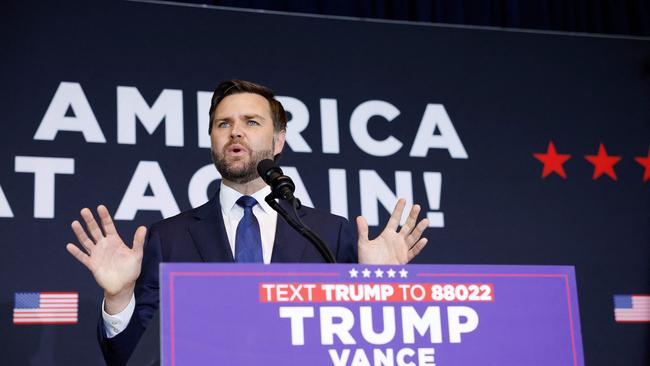
Whatever one thinks of Trump, and whatever one thinks about the threat to democracy he poses, Americans are facing another, equally pressing threat to their democratic system: gerontocracy. The visible decline of Biden has led many Americans to question who is truly guiding the presidency, raising concerns that faceless apparatchiks are the ones who are truly wielding power.
This situation bears an uncomfortable resemblance to the final years of the Soviet Union. In a recent article for The Free Press, historian Niall Ferguson provocatively drew this parallel, triggering an avalanche of rebuttals. While some of Ferguson’s arguments strained credulity, his observation that America has become a gerontocracy – a system governed by the elderly – rings true.
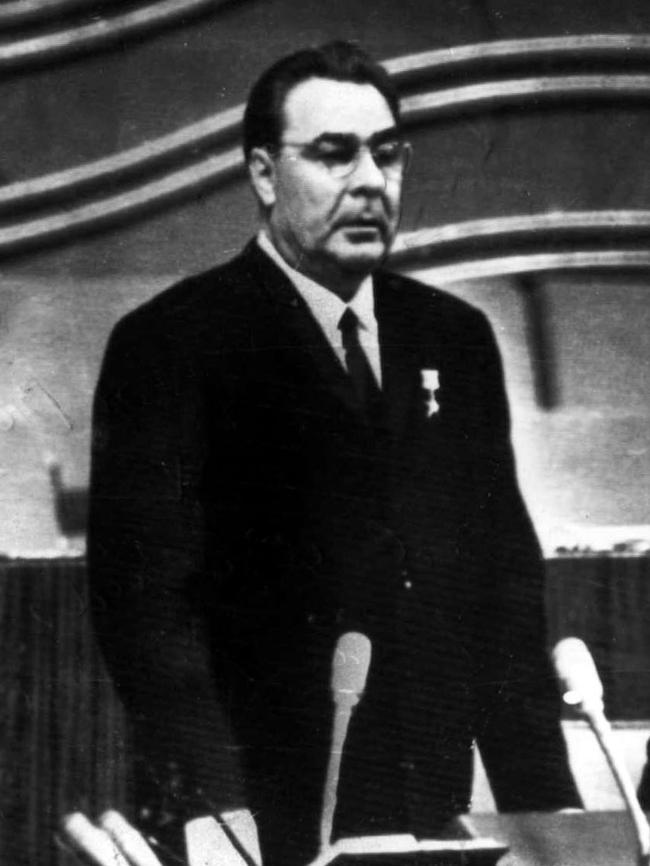
Of course, the many differences between the US and the USSR make any direct comparison limited. The US does not have a planned economy and standards of living are worlds apart. Nevertheless, with Biden at the helm, clearly unable to campaign, and clearly unable to serve as President for another four years, aspects of Ferguson’s comparison are hard to refute.
Leonid Brezhnev, who ruled the Soviet Union for 18 years, suffered a major stroke in 1976 that left him significantly impaired, yet he remained in power until his death in 1982. During this time, he was often heavily medicated and struggled to speak coherently in public. According to Vladislav Zubok, a Soviet historian, when people came to the realisation that Brezhnev couldn’t quite speak properly, he quickly became a “comical” figure.
Brezhnev’s successors, Yuri Andropov and Konstantin Chernenko, did not fare much better. The Kremlin controlled information about these leaders’ health, releasing sanitised statements and manipulating public appearances to maintain an illusion of vitality. The Soviet public were largely kept in the dark about the true extent of their leaders’ ill-health.
In the Soviet Union, the deteriorating health of ageing leaders was carefully concealed from the public, creating a widening gap between official narratives and observable reality. This discrepancy bred cynicism and distrust among Soviet citizens, undermining the legitimacy of their political system.
Sound familiar?
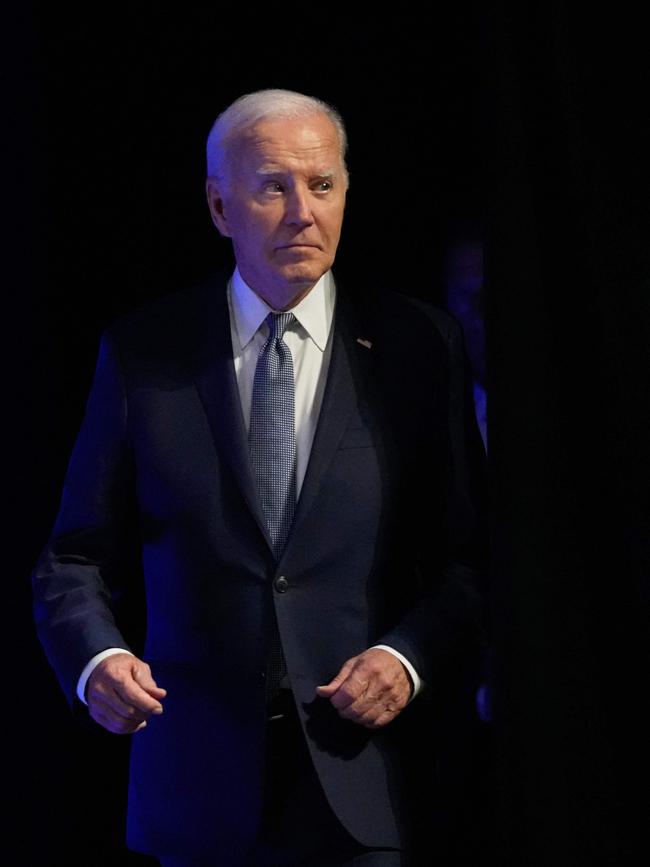
While Biden now embodies the American gerontocracy, the issue runs much deeper than him. Nancy Pelosi, a Democratic Party heavyweight, is 84. Mitch McConnell, the Republican leader of the Senate, is 82. The current US elected leaders are the oldest they’ve ever been in history. More than one out of three senators in the 118th congress are in their 70s or 80s. About 47 per cent of Americans are under 40, but only 3.5 per cent of congress members are.
Today, we see US leaders in their 70s and 80s grappling with profound issues – such as artificial intelligence – that they simply do not understand. Many of them would not know how to open a PDF email attachment yet they are being asked to regulate the most sophisticated new technologies known to humankind.
Susan Grunewald, a historian of the Soviet Union, told Business Insider in 2022 that there’s always a clash between older and younger generations in politics. The difference, she argued, is that in a healthy system, there’s a balance – a mix of experience and fresh perspectives. In America today, that balance has tipped towards senescence.
This is why Trump’s vice-presidential pick, JD Vance, is arguably a smart one. Many Americans see establishment Democrats and Republicans as an ossified oligarchy, more interested in their own investment portfolios than the average citizen. For many, elderly Democrats and Republicans blend into one – Pelosi and McConnell are seen as representatives of the same class, the same generation and the same vested interests.
The selection of Vance is also strategically significant. While Trump is elderly at 78, Vance brings down the average age of the Republican ticket substantially. Vance’s working-class background and pro-worker stance show Trump is planning for the party’s future, not just his own.

In his RNC speech in Milwaukee, Vance focused on issues that resonate with younger voters, particularly working-class opportunities and housing affordability. By addressing these issues, the Trump-Vance ticket is making a clear play for the youth vote, demonstrating an understanding of generational concerns that have eluded other elderly political figures.
Will the strategy be successful? It is hard to say. Polling data presents a complex picture. A February New York Times/Siena poll found that 80 per cent of voters aged 18-29 believed Biden was too old to be an effective president, with 61 per cent harbouring similar concerns about Trump. Yet a May NPR/PBS NewsHour/Marist poll showed Trump leading among Gen Z and millennial voters by six percentage points when all potential candidates were considered.
The Vance VP pick won’t hurt this momentum.
Claire Lehmann is founding editor of online magazine Quillette.


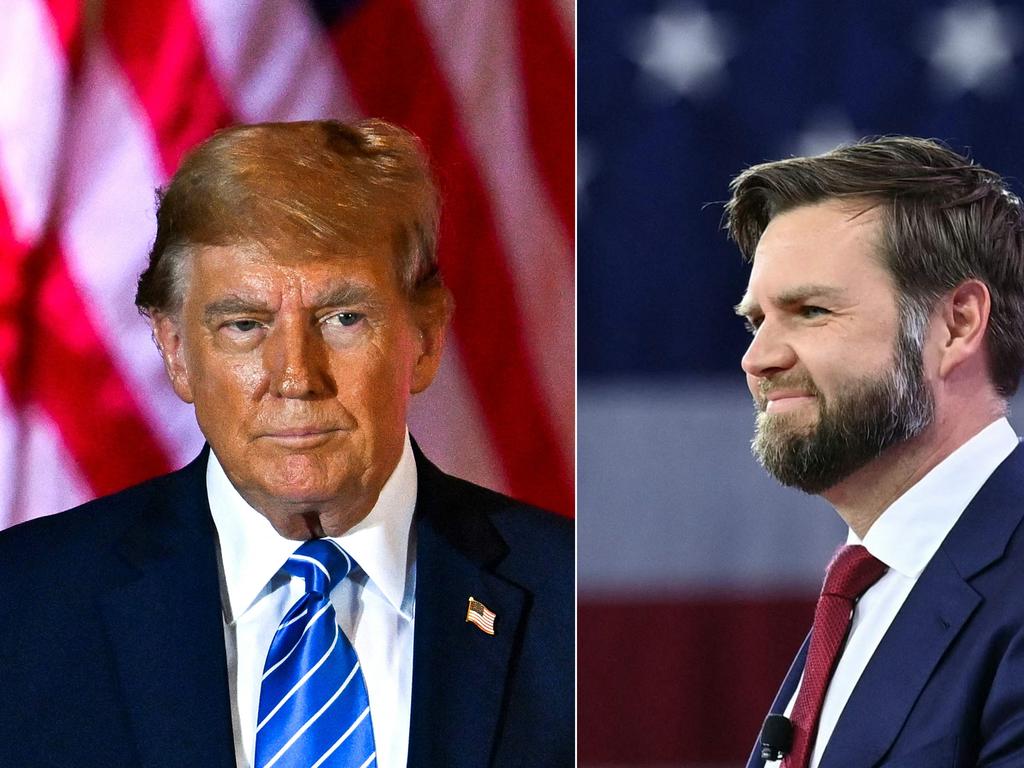


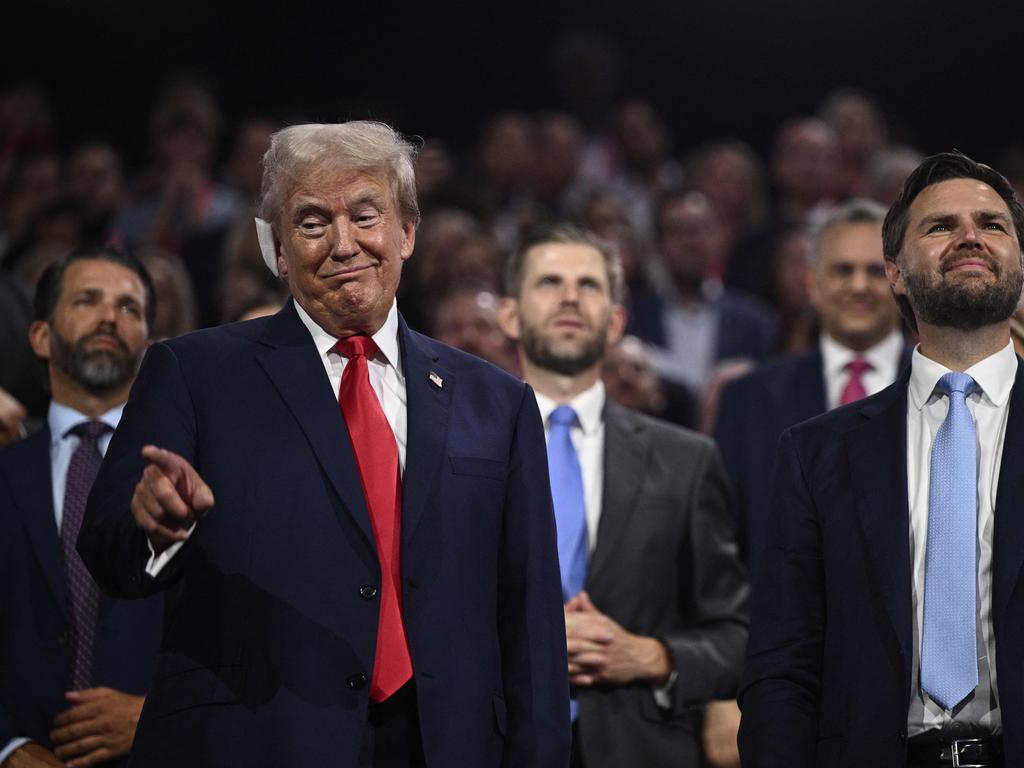

I never thought I’d be writing about the age of US political leaders. It seemed like a non-issue, something only conspiracy theorists and partisan attack dogs cared about. But, like millions of people around the world, I watched the first debate between Joe Biden and Donald Trump, and was shocked by what I saw. The reality of America’s ageing leadership and its implications for democracy became impossible to ignore.